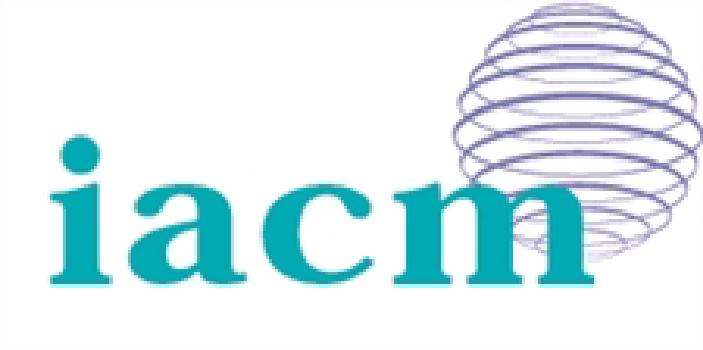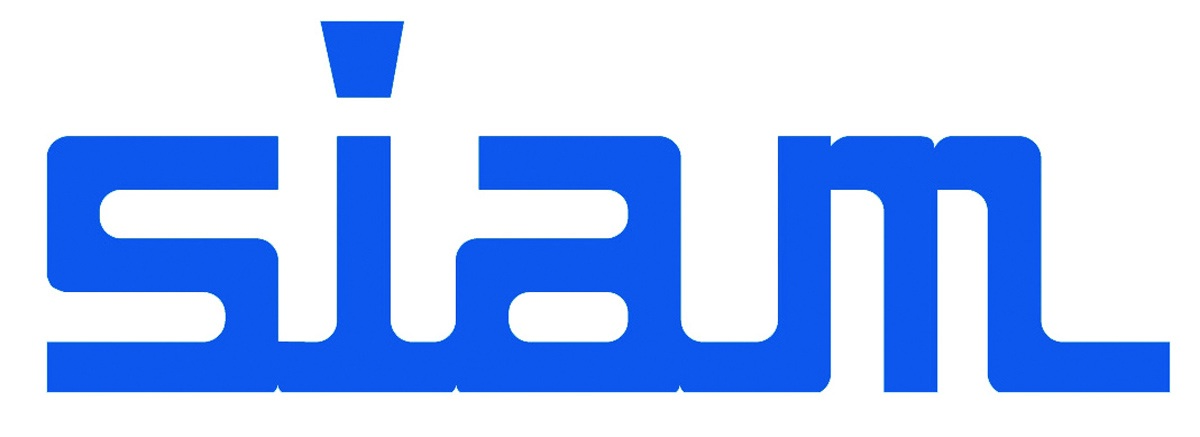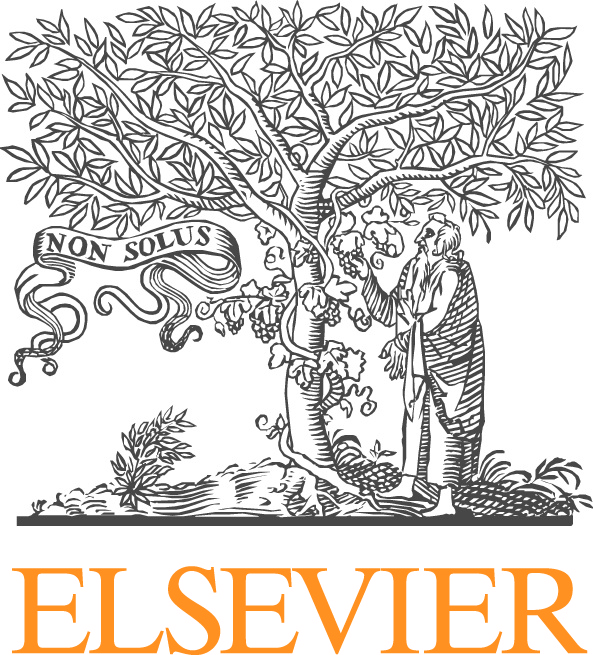Bo Liu, Beihang University
The finite difference method and the finite element method were recognized as the most popular spatial discretization techniques in the past few decades. However, such low order schemes typically use low order basis functions and the accuracy is improved through mesh refinement. Traditional mesh generation methods mainly serve for such low order schemes and the pre-process has been known to account for about 80% of the total simulation time. The high order schemes was proposed in similar time or even earlier than the low order schemes. Especially in recent years, the high order schemes seem to draw much more attention than ever before. The proposal of the isogeometric analyses concept was also inspired by the hierarchical finite element method (HFEM). Early high order methods are known as p-version methods, and the typical p-version method is the HFEM. Other high order methods that developed very fast in recent decades include the radial basis functions (RBFs), the mesh free methods, the differential quadrature method (DQM), and more recently, the IGA and the differential quadrature finite element method (DQFEM). However, most of these methods use tensor product bases, for which mesh refinement will propagate from patch to patch. Therefore, the differential quadrature hierarchical finite element method (DQHFEM) was developed. One can see that, although there are extensive investigations on high order schemes, the development of high order mesh generation seems much slow, which becomes an obstacle preventing the widespread applications of high-order methods.
Existing approaches for constructing a curved high-order mesh can be classified into two categories: (1) the so-called direct methods, which build a curved high-order mesh directly from the CAD representation of the geometry; (2) the a posteriori approach, in which the curved mesh is generated by deforming an initial linear mesh. Research in this area has mostly centered on a posteriori approaches. The challenge in this approach is to determine a method through which this curvature can be incorporated into the interior of the domain. Without this, the mesh is at best of a low quality, and at worst, will self-intersect, rendering it unsuitable for solver-based calculations. Existing work in a posteriori generation can also be classified into two categories: (1) solid body deformation, whereby the mesh is treated as a solid body which is deformed to incorporate curvature at the boundary. (2) The mesh is equipped with an associated functional that denotes its energy. A non-linear optimization problem is then solved in order to minimize this functional and yield a valid mesh. The posteriori approach is based on a given linear mesh. Although it is simpler than the direct method, it does not interact with the CAD model, which limits its accuracy. Therefore, the direct approach should also be considered. Actually, most existing literatures on high order methods uses the direct approach. However, these literatures only use simple patches to build some simple geometric models for simulation. Surfacing trimming, or more general, the CAD models are usually not considered.
On this context, this minisymposium expects to get scholars around the world together to discuss the development of a method of seamless integration of CAD and CAE through directly integrating the surface trimming techniques of CAD with the p-version methods of CAE. The topics of this minisymposium include but are not limited to: (1) High order methods like IGA, p-version FEM, DQM, HFEM, polygonal FEM, etc. (2) Surface trimming techniques and the related parametric surface implicitization, etc. (3) Mesh generation methods (both low order and high order, both structured and unstructured, etc.). (4) Applications of high order methods and high order mesh generation.







